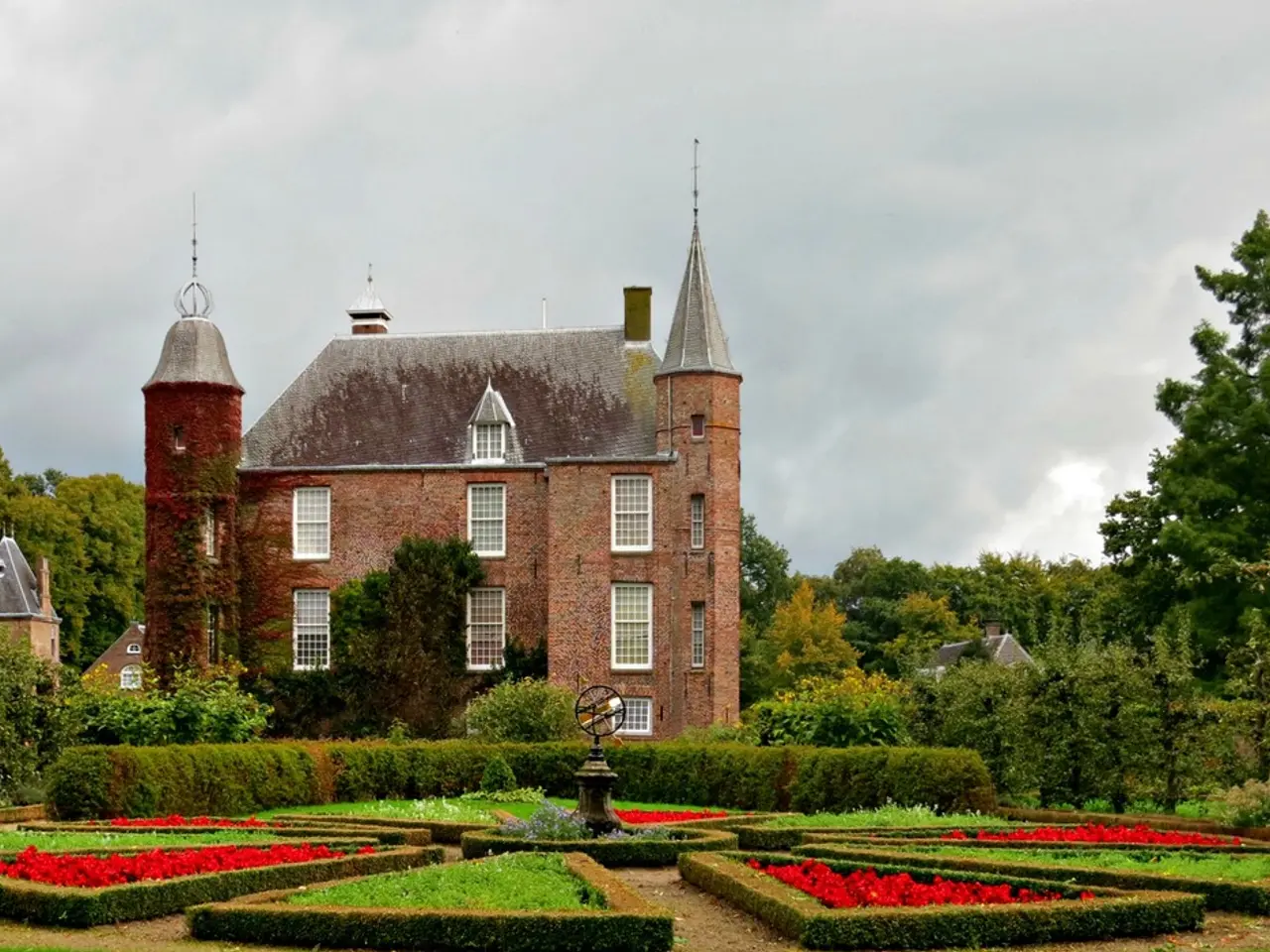Understanding Brain Aging and Combating Dementia: A Persistent Struggle
In the intricate web of the human brain, one region stands out for its crucial role in forming, storing, and organizing memories - the hippocampus. This small structure, nestled in the medial temporal lobe, acts as an index or map of experiences, encoding the temporal and contextual details of events so they can be distinguished and remembered as separate episodes[1][3][4].
The hippocampus is instrumental in the initial formation and consolidation of memories. However, the actual long-term storage of memories occurs in various parts of the cerebral cortex outside the hippocampus[2]. Specialized brain cells called PV+ interneurons in cortical areas help replay and consolidate memory sequences during rest and sleep, allowing memories to be stored and accessed later[2].
As we age, the process of memory maintenance and updating becomes impaired. Aging affects the stability of highly excitable neurons that help maintain memories over time, leading to memory decline in older adults[4]. Additionally, the hippocampus may receive less effective signaling to update experience maps due to diminished function in related brainstem regions, like the locus coeruleus, which normally help mark event boundaries important for memory formation[1].
These findings shed light on the dynamic nature of memory representations in the hippocampus, which change with each experience, implying that the brain continuously updates and rewrites spatial memories[4]. This continuous updating process is essential for maintaining accurate and up-to-date memories, but it is compromised in old age, contributing to cognitive decline.
Researchers such as Dr. Carol Barnes, Regents Professor in the Departments of Psychology, Neurology, and Neuroscience at the University of Arizona, are at the forefront of understanding the aging brain. The Evelyn F. McKnight Brain Institute, under her direction, aims to close the gap that currently exists between optimal cognition and lifespan to increase the quality of life.
The hippocampus was first identified as a key player in memory by neuropsychologist Brenda Milner in the 1950s, and its role has been further elucidated by theories such as David Marr's "archicortex" theory from the 1970s. Dr. Barnes, one of the first women in the field of neuroscience in the 1970s, developed the Barnes maze, a spatial navigation memory task, which has become a standard tool in memory research.
The Precision Aging approach, inspired by Dr. Barnes' work, aims to predict health risks and personalized brain health interventions to maximize cognitive healthspan. This approach, combined with ongoing research, promises to unveil the secrets of the aging brain and pave the way for targeted interventions to maintain cognitive health as we age.
References: [1] https://www.sciencedirect.com/science/article/pii/S0960982217304988 [2] https://www.nature.com/articles/s41593-020-00636-0 [3] https://www.britannica.com/science/hippocampus [4] https://www.ncbi.nlm.nih.gov/pmc/articles/PMC6339856/
- Advancements in science, particularly in the field of health-and-wellness, have led to the development of the Precision Aging approach, focusing on predicting health risks and personalized brain health interventions for maintaining cognitive healthspan, as inspired by Dr. Carol Barnes' work.
- Mental-health issues related to aging, such as memory decline, can be better understood and addressed through the study of cognitive healthspan, a crucial aspect of Precision Aging research that aims to increase the quality of life as we age.




